Pituitary adenomas are typically benign tumors that develop in the pituitary gland, a small but vital gland located at the base of the brain. This gland plays a crucial role in regulating hormones that influence growth, metabolism, reproduction, and other essential functions. While pituitary adenomas are usually non-cancerous, their location and impact on hormone production can cause a variety of health issues, ranging from vision problems to hormonal imbalances.
Gamma Knife radiosurgery is a highly effective, non-invasive treatment option for patients with pituitary adenomas, particularly when traditional surgery or medication alone is insufficient. This blog post will explore how Gamma Knife radiosurgery works for pituitary adenomas, what patients can expect during the procedure, and the outcomes they can anticipate.
What Are Pituitary Adenomas?
Pituitary adenomas can be classified into two categories based on their size:
- Microadenomas: Tumors smaller than 10 millimeters.
- Macroadenomas: Tumors larger than 10 millimeters.
These tumors can also be categorized based on whether they secrete hormones:
- Functioning Adenomas: Actively produce hormones, potentially leading to conditions like Cushing’s disease, acromegaly, or hyperprolactinemia.
- Non-functioning Adenomas: Do not produce hormones but can grow large enough to compress surrounding structures, such as the optic nerves, causing vision problems.
While some pituitary adenomas can be managed with medication or observation, others require intervention to prevent complications. Gamma Knife radiosurgery offers a precise and minimally invasive solution, especially for patients who are not ideal candidates for traditional surgery.
Why Gamma Knife Radiosurgery for Pituitary Adenomas?
Gamma Knife radiosurgery is a targeted treatment that uses multiple beams of gamma radiation to deliver a precise dose to the pituitary adenoma while sparing surrounding healthy tissues. It is especially beneficial for:
- Patients with residual or recurrent tumors after traditional surgery.
- Patients for whom surgery is risky, due to age, health conditions, or tumor location.
- Functioning adenomas that require additional intervention to control hormone secretion.
The procedure’s precision makes it ideal for treating tumors in sensitive areas like the pituitary gland, which is located near critical structures such as the optic nerves and brainstem.
What to Expect Before the Procedure
Initial Consultation: Patients will meet with a medical team, including a neurosurgeon and radiation oncologist, to review their medical history and imaging studies, such as MRI and CT scans. The team will determine if Gamma Knife radiosurgery is the best option based on the tumor’s size, location, and effects on the patient’s health.
Hormonal Assessment: For functioning adenomas, a comprehensive hormonal workup will be conducted to evaluate how the tumor affects hormone levels. This step is essential for planning treatment and measuring its success.
Pre-treatment Imaging: Advanced imaging techniques are used to create a 3D map of the tumor and surrounding brain structures. This ensures precise targeting of the radiation.
Head Frame Placement: On the day of the procedure, a stereotactic head frame is secured to the patient’s head using local anesthesia. This frame ensures accurate targeting and prevents any movement during the procedure.
What Happens During Gamma Knife Radiosurgery?
- Targeting the Tumor: The detailed imaging performed earlier is used to precisely locate the pituitary adenoma. The Gamma Knife machine then delivers up to 200 focused beams of gamma radiation to the tumor.
- Non-invasive and Painless: The procedure is completely non-invasive, and patients do not feel the radiation. Sedation may be provided to help the patient relax, but general anesthesia is not required.
- Duration: The procedure typically takes between 30 minutes and 2 hours, depending on the size and complexity of the tumor.
- Outpatient Treatment: After the procedure, patients are monitored for a short period before being discharged the same day. There is no need for a hospital stay or extensive recovery time.
Recovery After Gamma Knife Radiosurgery
Minimal Downtime: Most patients can return to their normal activities within 24 to 48 hours. Unlike traditional surgery, there are no incisions, stitches, or lengthy rehabilitation.
Mild Side Effects: Some patients may experience temporary headaches, fatigue, or mild swelling at the pin sites where the head frame was attached. These side effects usually resolve within a few days.
Monitoring Hormonal Changes: Patients with functioning adenomas may require ongoing hormonal testing to assess the treatment’s effectiveness. Adjustments to hormone therapy may be necessary during this period.
Results of Gamma Knife Radiosurgery for Pituitary Adenomas
The success of Gamma Knife treatment for pituitary adenomas depends on factors such as tumor size, location, and whether the tumor is hormone-secreting. Here’s what patients can typically expect:
Tumor Growth Control: In most cases, Gamma Knife radiosurgery successfully halts the growth of pituitary adenomas. For many patients, this eliminates the need for additional surgical interventions.
Reduction in Hormone Secretion: For functioning adenomas, Gamma Knife radiosurgery often reduces hormone production, with many patients achieving normalization of hormone levels within months. In some cases, additional medical therapy may be required to maintain hormone balance.
Tumor Shrinkage: Over time, the tumor may shrink as the radiation damages its cells. This process can take several months to years, and regular follow-up imaging is needed to monitor progress.
Preservation of Surrounding Structures: Gamma Knife’s precision minimizes the risk of damaging nearby critical structures, such as the optic nerves, which is especially important for preserving vision and neurological function.
Advantages of Gamma Knife Radiosurgery for Pituitary Adenomas
- Non-invasive: No incisions, stitches, or hospital stay are required.
- High Precision: Targets the tumor while sparing healthy brain tissue and vital structures.
- Effective Tumor Control: Stops tumor growth in the majority of cases.
- Minimal Recovery Time: Patients can quickly return to normal activities.
- Low Risk of Complications: Compared to traditional surgery, the risk of side effects like vision loss or nerve damage is significantly reduced.
Conclusion
Gamma Knife radiosurgery offers a safe, effective, and non-invasive treatment option for patients with pituitary adenomas. Whether used as a primary treatment or as an adjunct to surgery and medication, it provides excellent tumor control, reduces hormonal imbalances, and minimizes the risks associated with more invasive procedures.
If you are considering Gamma Knife treatment for a pituitary adenoma, partnering with a professional medical travel facilitator can ensure access to world-class treatment centers, expert specialists, and seamless coordination of care. This partnership can make your medical journey smooth, stress-free, and successful.



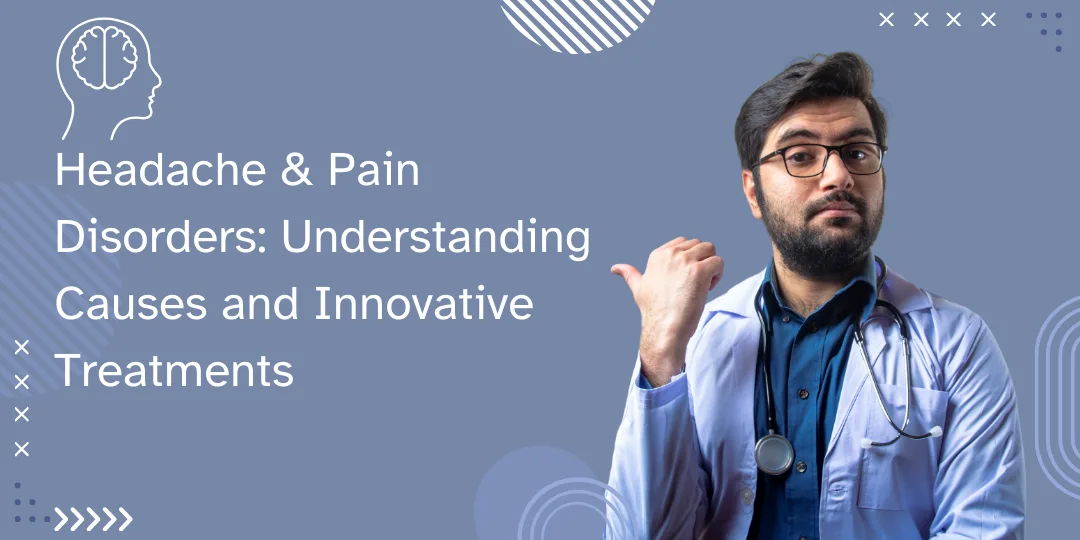
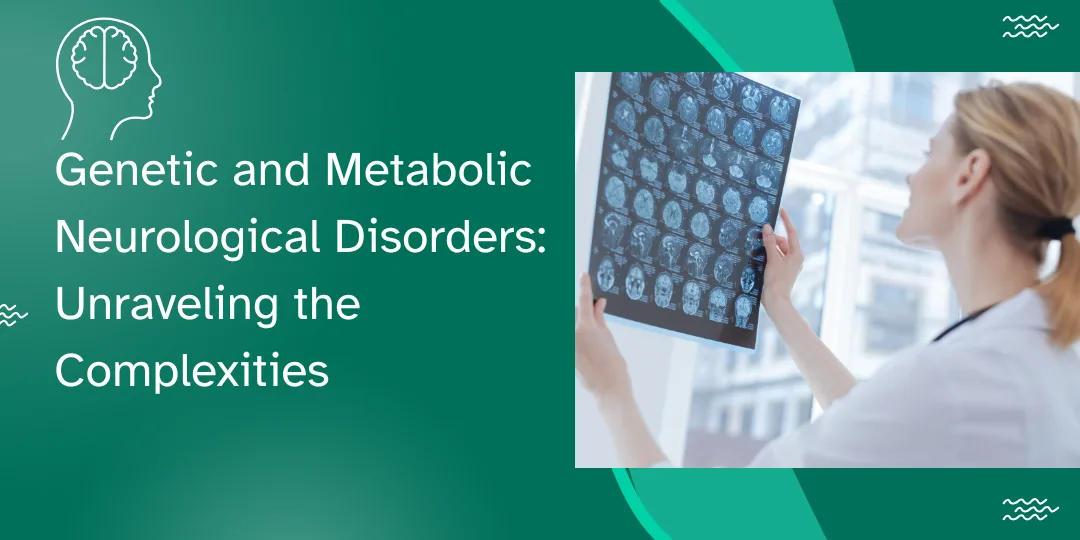


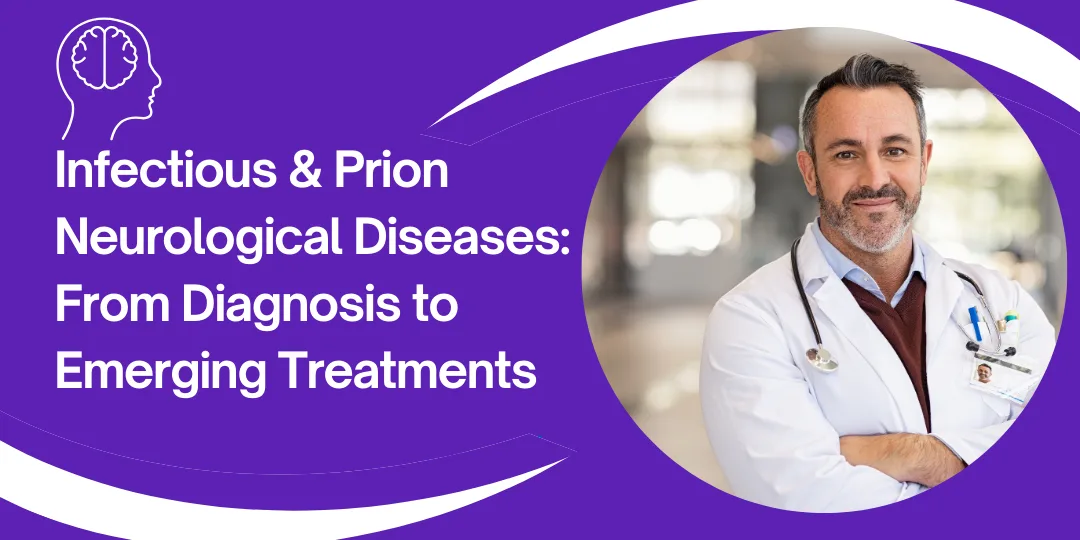
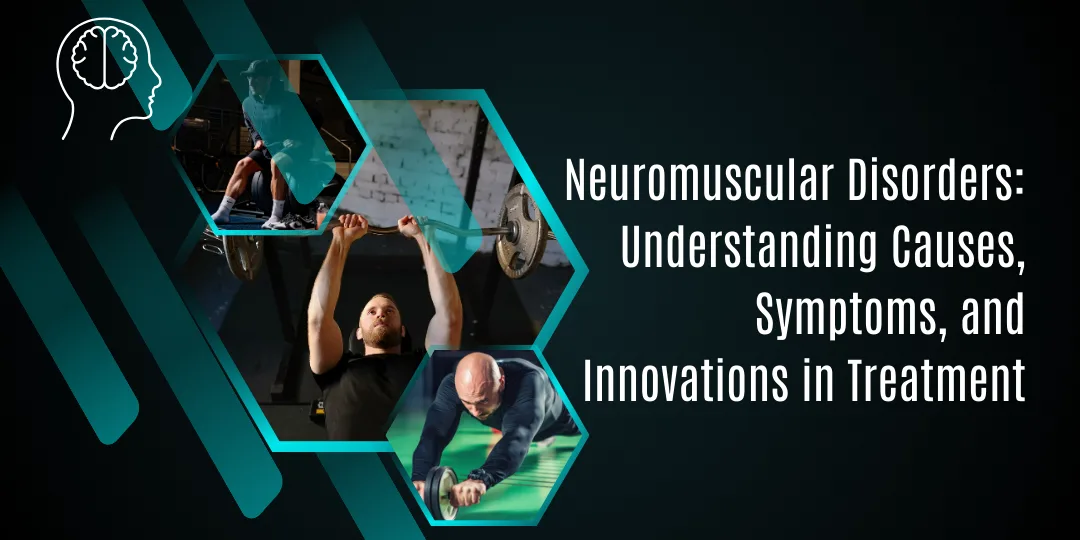
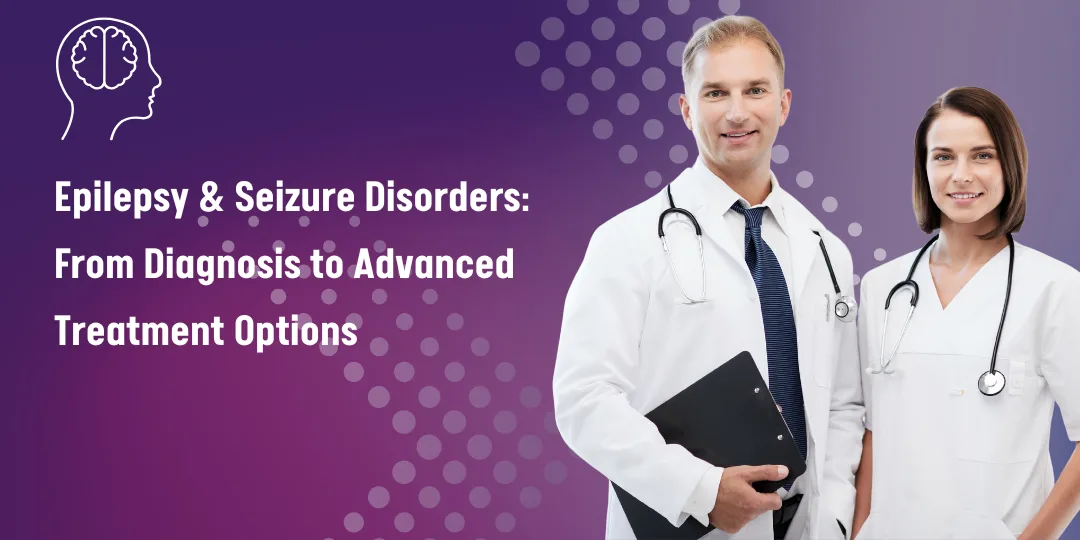


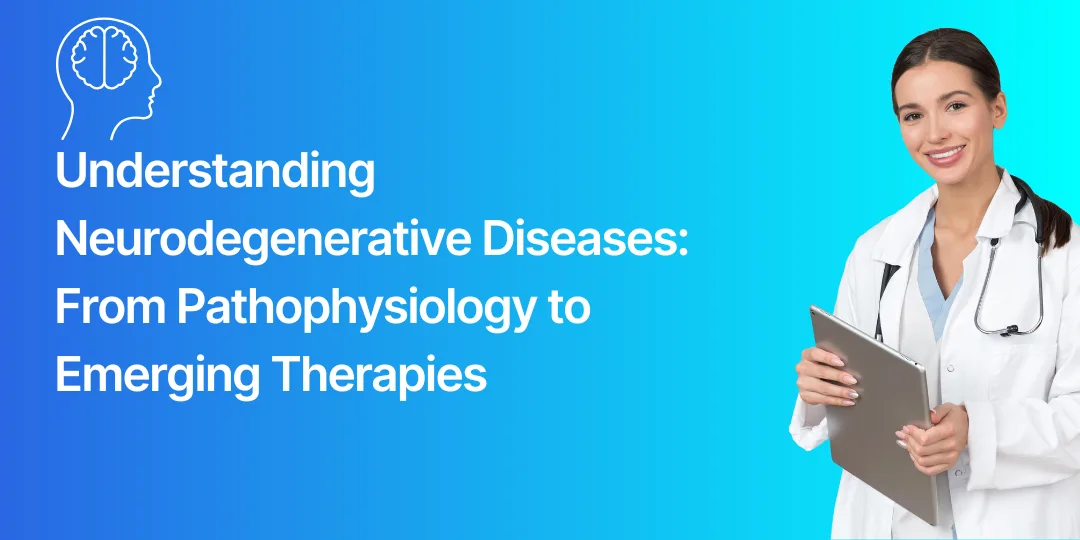
0 Comments